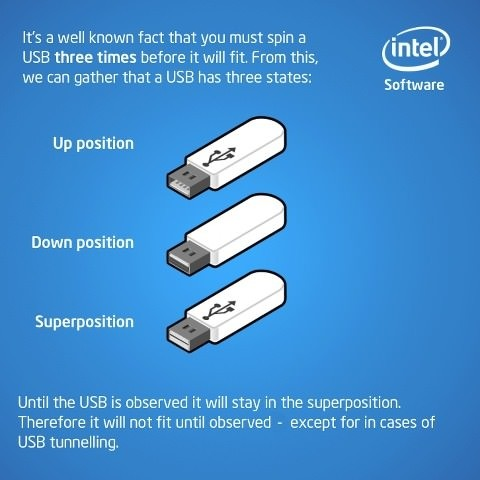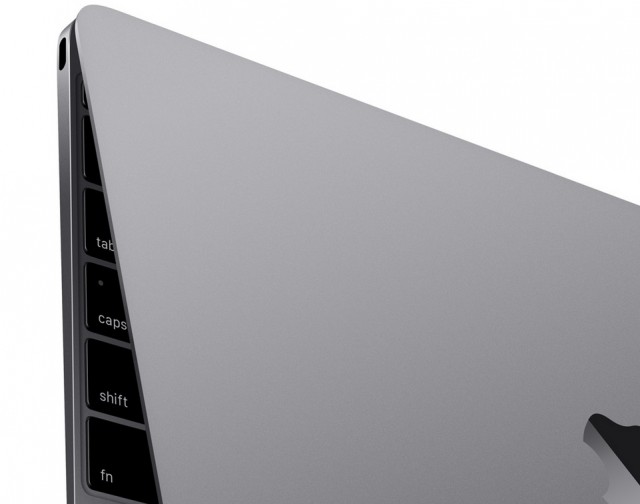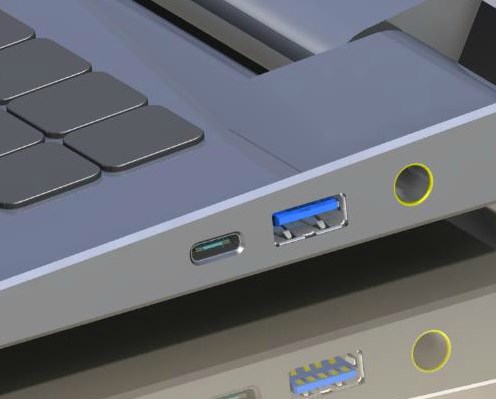USB Type-C vs USB 3.1
With the launch of the Apple MacBook and Google’s Chromebook Pixel, USB-C (also called USB Type-C) and the accompanying USB 3.1 standard are both hitting market somewhat earlier than we initially expected. If you’re curious about the two standards and how they interact, we’ve dusted off and updated our guide to the upcoming technology. The situation is more nuanced than it’s been with previous USB standard updates — USB 3.1 and USB Type-C connectors may be arriving together on the new machines, but they aren’t joined at the hip the way you might think.
USB Type-C: Fixing an age-old problem
The near-universal frustration over attempts to connect USB devices to computers has been a staple of nerd humor and lampooned in various ways until Intel finally found a way to take the joke quantum.

USB Type-C promises to solve this problem with a universal connector that’s also capable of twice the theoretical throughput of USB 3.0 and can provide far more power. That’s why Apple is pairing up Type-C and USB 3.1 to eliminate the power connector on the MacBook. It’s a goal we agree with, even if we’re less thrilled with the company’s decision to dump USB ports altogether with that single exception. Google’s approach, in providing two USB-C and two regular USB 3.0 ports, is obviously preferable, even though it adds a bit of bulk to the machine.

Type-C connectors will be shipped in a variety of passive adapters (an earlier version of this story erroneously asserted that such cables would not be available, Extremetech regrets the error). The spec provides for passive adapters with USB 3.0 / 3.1 on one end and USB Type-C on the other.
USB-C, USB 3.1 not always hooked together
The Type-C plug can be used with previous standards of USB, which means manufacturers don’t automatically have to adopt expensive 3.1 hardware if they want to include it in mobile devices. Apple, to be clear, is offering USB 3.1 on the new MacBook, though the company hasn’t disclosed which third party vendor is providing the actual chipset support.

The disconnect between USB 3.1’s performance standard and the USB Type-C connector is going to inevitably cause confusion. One reason the shift from USB 2.0 to 3.0 was relatively painless is because coloring both the cables and plugs bright blue made it impossible to mistake one type of port for the other.
The upside to decoupling USB 3.1 from USB-C, however, is that companies can deploy the technology on mobile phones and tablets without needing to opt for interfaces that inevitably consume more power. Then again, some might argue that this would be a moot point — the USB controller can be powered down when it isn’t active, and when it isactive, the device should be drawing power off the PC or charging port anyway. Heat dissipation could theoretically remain a concern — higher bandwidth inevitably means higher heat, and in devices built to 3-4W specifications, every tenth of a watt matters.

 Email
Email Asking price
Asking price